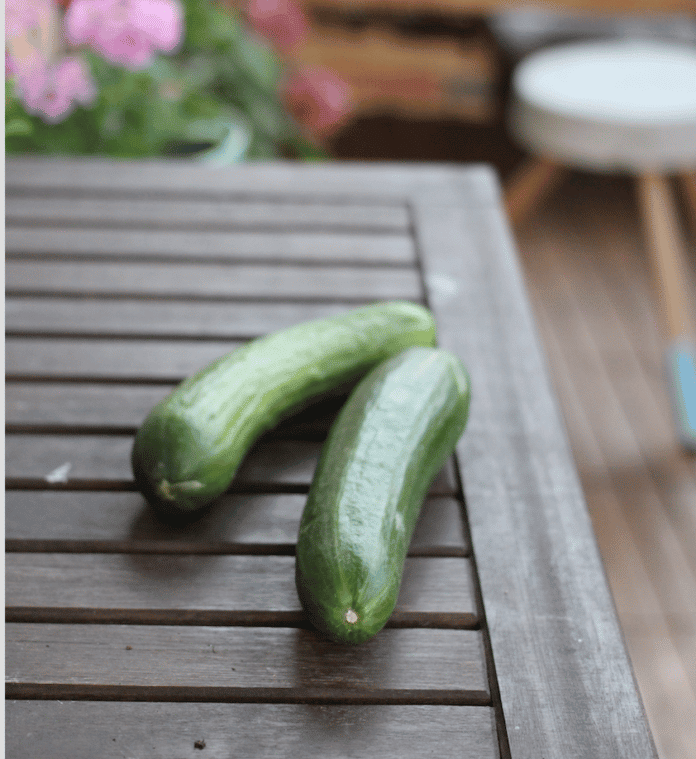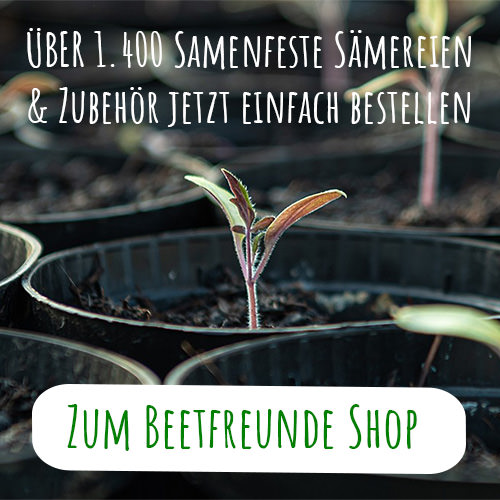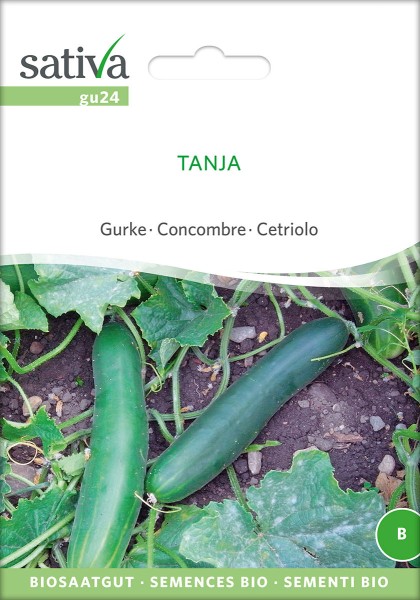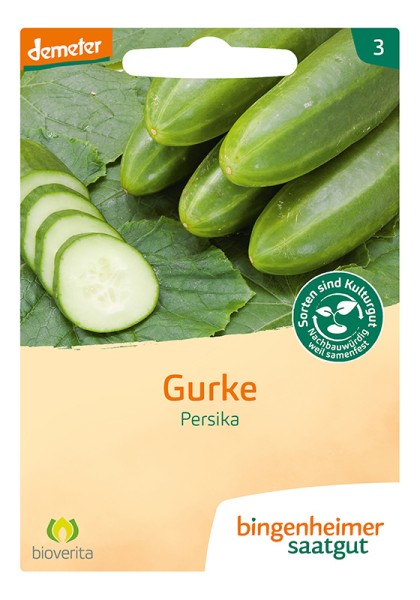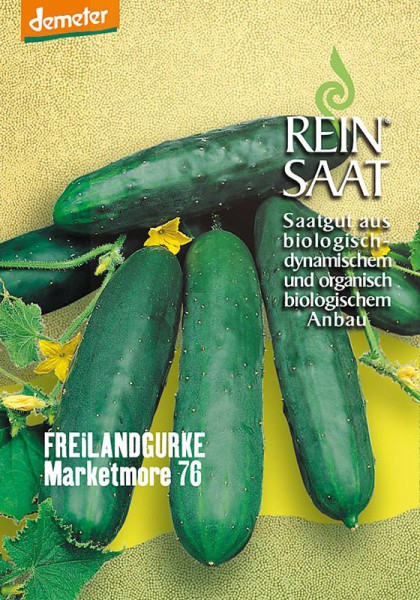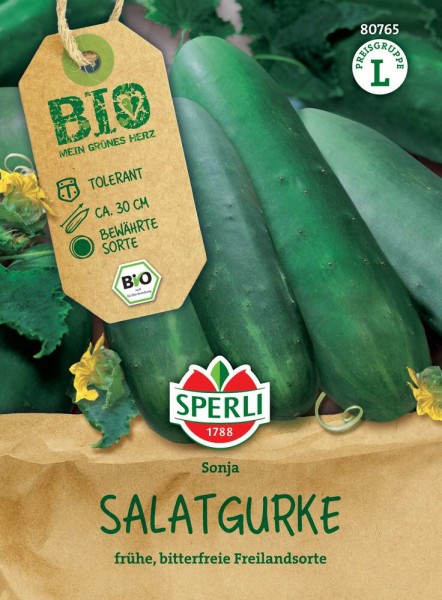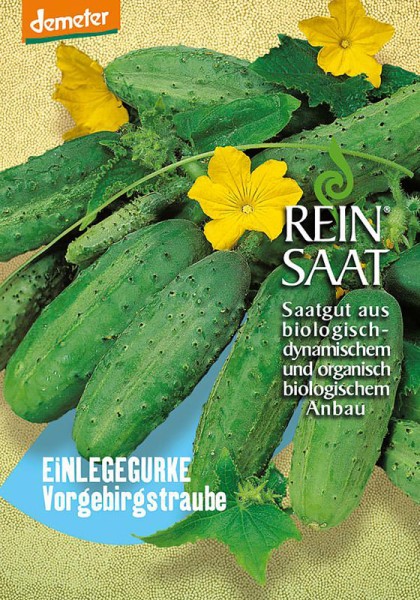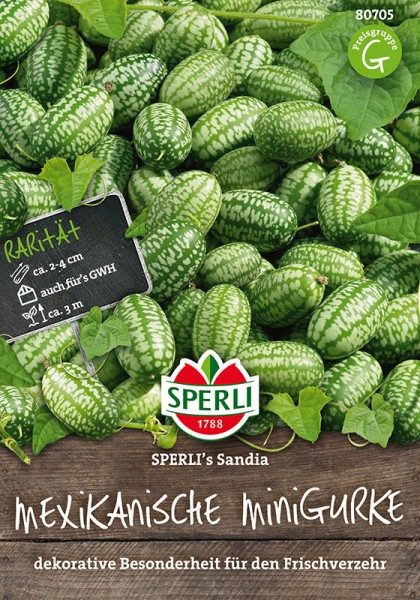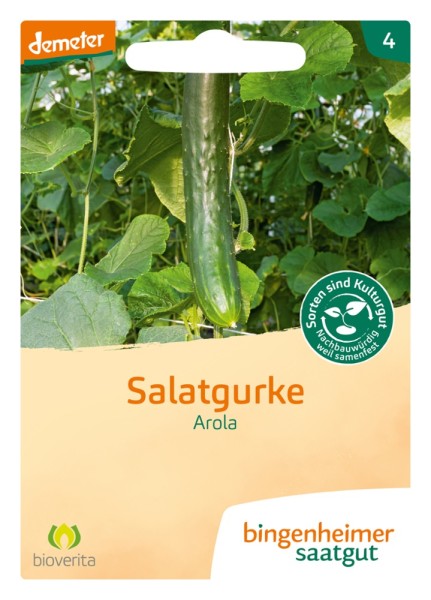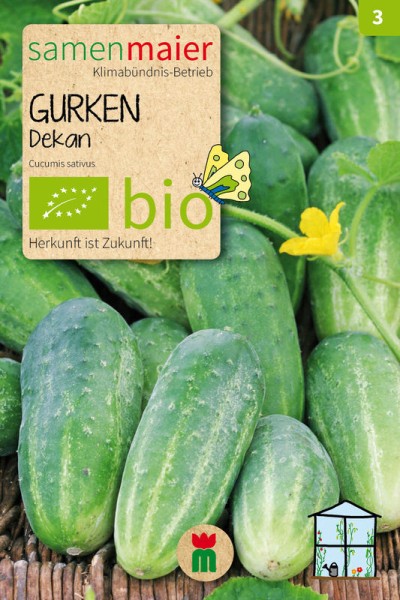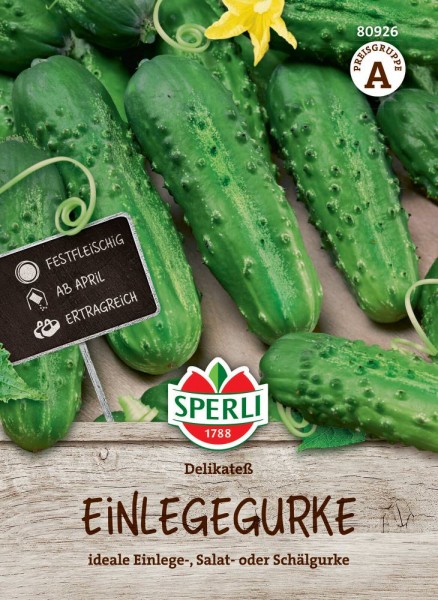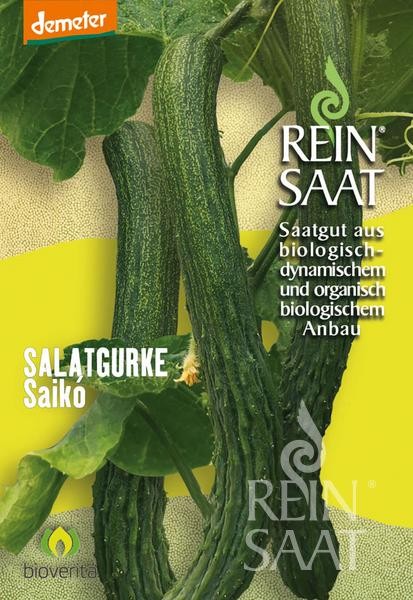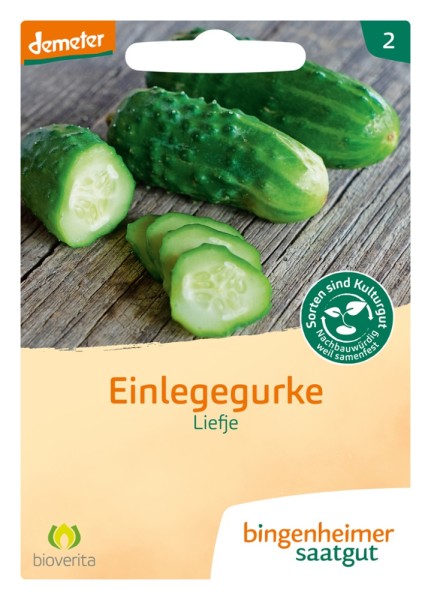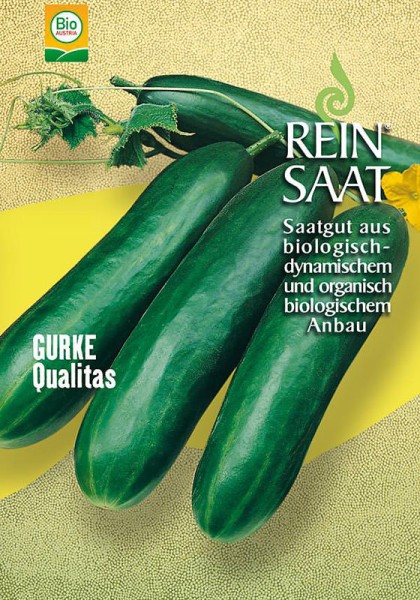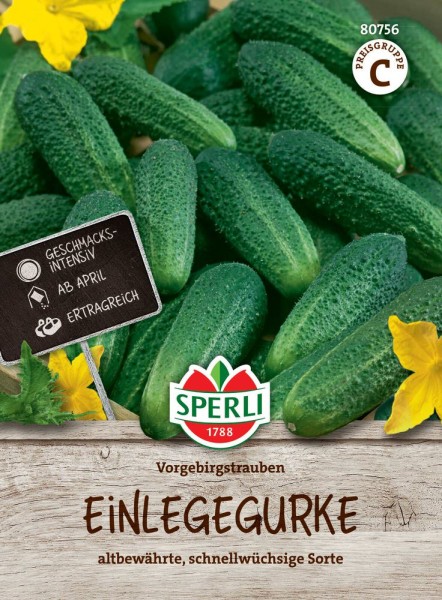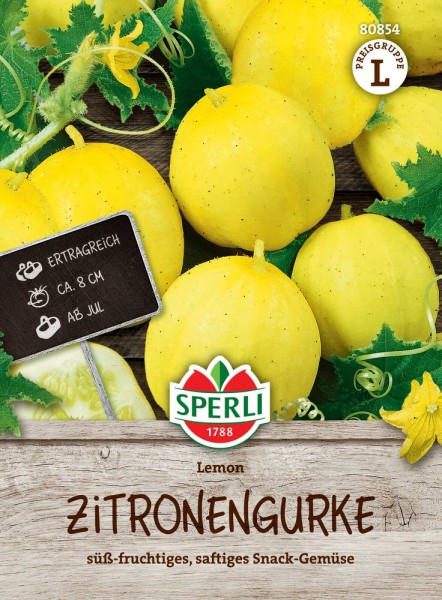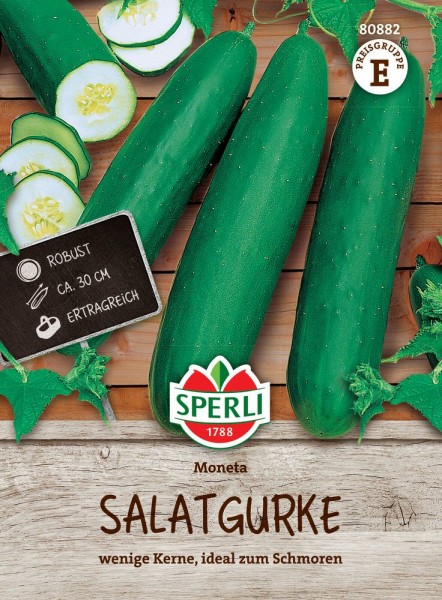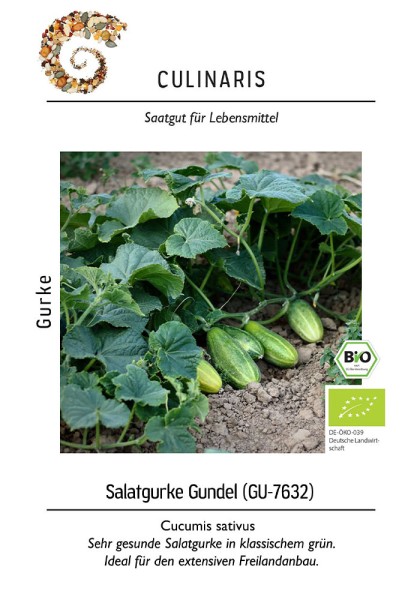Cucumbers (Cucumis sativus) grown in your own garden will bring a versatile, healthy vegetable to your harvest: in addition to plenty of water, they contain important nutrients and trace elements such as potassium, calcium, iron, and phosphorus. This is not only good for you internally, but also externally. A face mask with cucumber noticeably refreshes the skin.
Cucumber Varieties
Like pumpkin, squash, and melon, garden cucumbers belong to the pumpkin family. There are a large selection of varieties. They are often divided into two groups according to their use: cucumbers, which are eaten fresh, and gherkins, which are pickled, but there are also cucumbers that you can use for both.
Salad cucumbers usually form fruits up to 40 centimetres long, which taper towards the ends. These include the Persika and Marketmore 76 varieties. The fruits of the gherkins are much smaller. They grow up to 20 centimetres long. Among the most popular varieties are delicatessen and foothill grape.
If you don’t fancy classic green cucumbers, try some cocktail cucumbers. Their fruits are only as big as an olive and have a dark green and light green pattern. Great eye-catchers are the prickly fruits of the horned cucumber Kiwano (Cucumis metuliferus) and the Lemon variety. Their apple-sized fruits turn lemon yellow as soon as they are ripe.
Sowing Cucumbers
You can either plant cucumbers directly into the garden or nurture young plants inside. From April onwards, you can sow the seeds in pots and cover them with about one centimeter of soil. Make sure that the growing pots are warm; depending on the variety, cucumber seeds need temperatures between 15 and 25 degrees Celsius to germinate.
Garden cucumbers are very sensitive to frost. For this reason, do not place the young plants in the prepared bed until mid-May. The distance between the plants should be about 40 centimetres. From May on, you can also sow cucumbers directly. Our advice is to combine sprouted young plants and direct sowing so you can harvest the summer for longer.
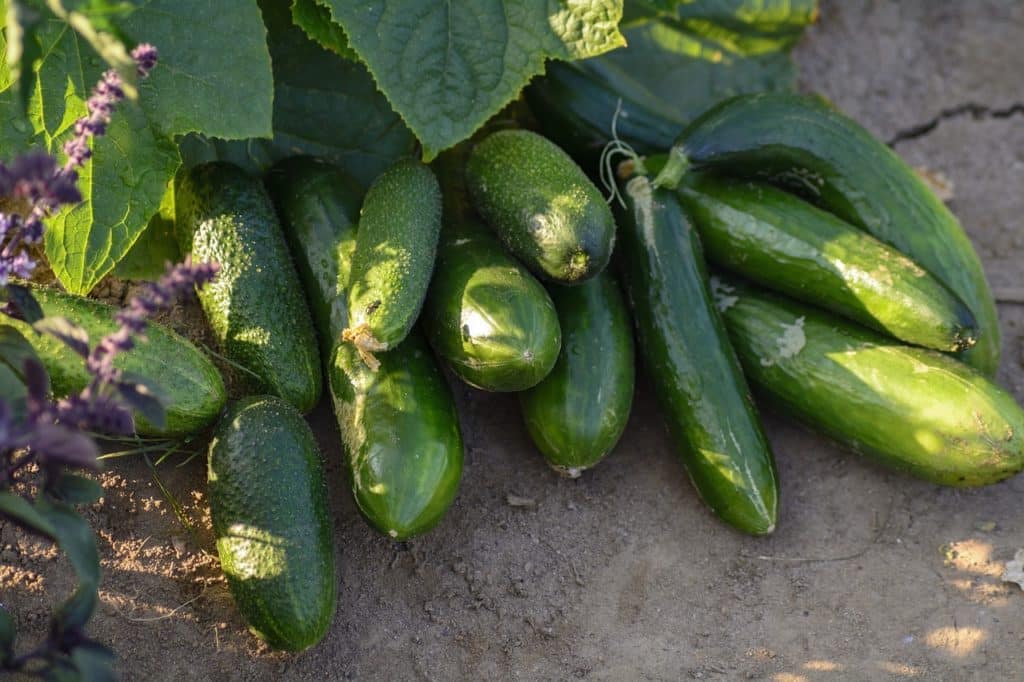
Location and Maintenance
Cucumbers need a warm, sunny location that is protected from the wind. This is why they are often grown in greenhouses. They also make great demands on the soil; as strong eaters, they need many nutrients, so put plenty of compost and fertilizer in the soil before you plant the young plants in spring. If necessary, you can fertilize them in between.
Always keep cucumbers evenly moist. Drought can not only cause growth problems, it can also lead to bitter fruits. The plants do best with warm, distilled water. Garden cucumbers do best at a trellis. This has several advantages; they need less space in the bed, the fruit stays clean, and it is much easier to harvest. Unfortunately, cucumbers are very susceptible to diseases and pests. Aphids, fungal diseases like mildew, and the cucumber mosaic virus are among the most common problems.
Harvesting and Conservation
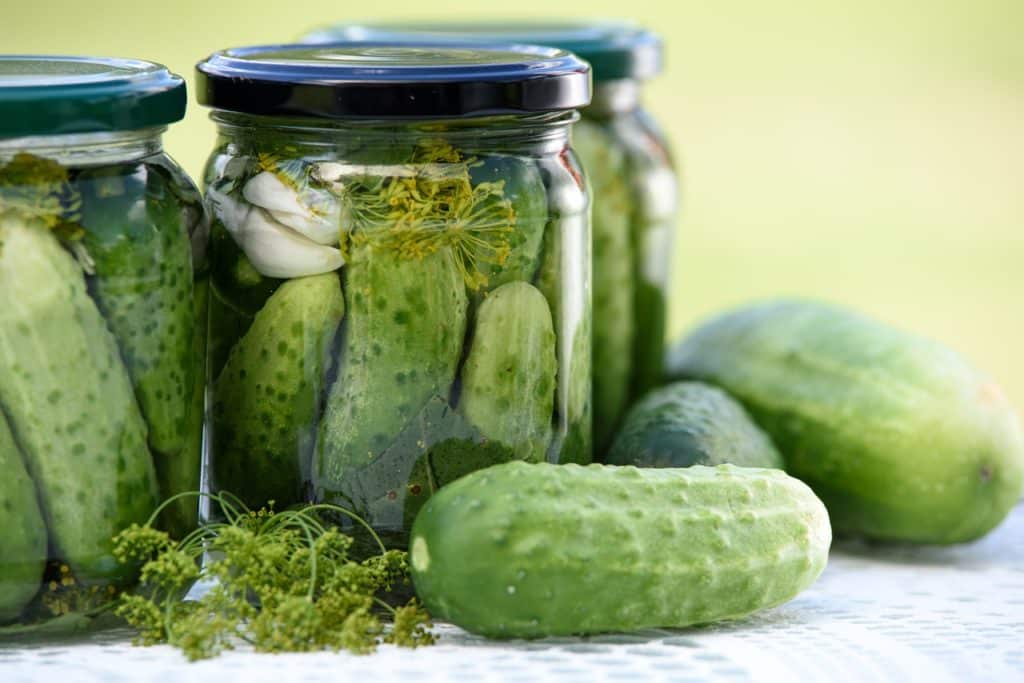
You can harvest cucumbers, depending on the variety, in July. Pick the fruits carefully so that you don’t hurt the plant. Cucumbers can be used fresh in salads, but also as braised vegetables, soup, smoothie, or tszaziki. Fresh, undamaged cucumbers stay reasonably fresh for up to three weeks, however, you should not store them with tomatoes or fruit, otherwise they will ripen quickly andbecome soft and yellow. Pickles are harvested as unripe fruit. It is best to put them in a vinegar and spice broth to preserve them.

